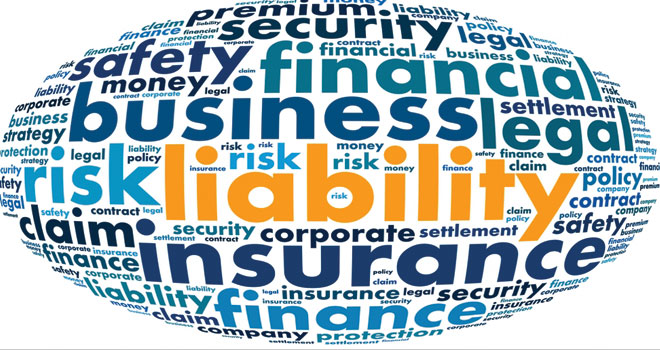Political challenges in our country and its consequences for our economy has taken over most of the headlines in the first quarter of 2017 but recent news events like the Ford Kuga recall and different forms of cybercrime has turned the spotlight on the proliferating types of liabilities businesses can face.
Liability insurance is said to have started in the form of mutual agreement which, much like the concept of general insurance, resulted in the pooling of funds by various parties. Over time, this specific form of insurance came to be offered by specialist insurers who keep a close watch on global trends shaping and setting the agenda for this specific class of insurance.
Today, a number of local commercial underwriters agree that the different types of risks associated with liability have become more and more prevalent due, in part, to the increasing amount of ways in which businesses and/or general entities are/can be exposed to risk.
News headlines citing product recalls and cyber-attacks are a testimony to the types of risks that various institutions and businesses have to contend with. As the political, environmental and technological developments take hold and alters the course of sectors and economies the world over, liability risks in particular, are likely to increase in both type and complexity. It thus follows that the associated insurance cover would need to evolve along with it.
This is echoed by the Global Claims Review issued by Allianz Global Corporate and Speciality (AGCS). The AGCS review, which was released last week, said the risk landscape for businesses is constantly shifting with (commercial) liability risks on the rise globally. “Defective product or work, crash and human error incidents are still the largest causes of liability loss for businesses, based on an analysis of insurance claims, but everyday liability claims like slips and falls in the workplace have become less as a result of more stringent safety regulations and better risk management. The potential for more expensive liability losses is increasing around the world, particularly in relation to global product recalls, corporate liability, cyber and environmental incidents.”
Earlier this year, multinational global vehicle manufacturing business Ford was forced to make a safety recall of its Ford Kuga 1.6-litre model (manufactured between December 2012 and February 2014) as a result of engine compartment fires. The risk involved in this prominent recall, would likely have been mitigated through recall insurance. Interestingly, strategic communications company FTI Consulting has since shared research which argues that the exact quantity of damage to the Ford brand will only become apparent in months or perhaps years to come.
According to the AGCS review, the digitalization and growing use of new technologies are likely to lead to a further shift in the liability risk landscape. “New technologies such as the internet of things, autonomous mobility (e.g. driverless cars) or 3D printing will create fundamentally new liability scenarios for companies in almost every sector,” says Alexander Mack, chief claims officer at AGCS.
It is common knowledge that the liability class of insurance relies heavily on knowledge and experience of intermediaries and insurance specialists. It is for this reason perhaps, that forms of liability insurance training for intermediaries has mushroomed over the past few years. Local specialised liability insurance businesses are delivering training covering various aspects of liability in the form of workshops, e-books or online learning platforms. These should certainly serve to help intermediaries position themselves to see where the opportunities lie in an increasingly regulated financial services environment.



